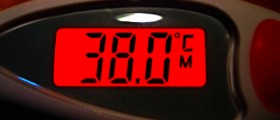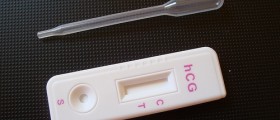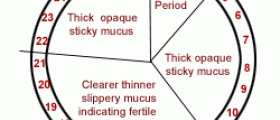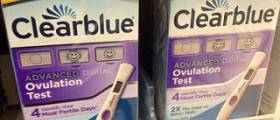
When the egg is inside the fallopian tube, conception if it is to happen, can take place. The average lifespan of an egg cell is between 12-24 hours and fertilization must occur within this time frame to be successful.
Ovulation charting is done to help to determine a woman s most fertile days and over time will outline important patterns and variables.
Methods of fertility prediction which can be used in an ovulation chart can include:
Changes in cervical mucus Changes in body temperature Cervical position exam Ovulation testing using an at-home diagnostic kitIn order to maximize a woman s chances of becoming pregnant, ovulatory charting covers many different fertility variables. There are some charts which can be purchased at pharmacies, from a physician or some are available online to download. Some women wonder why charting ovulation and keeping track of ovulation patterns is so important, it is because with regular monitoring it is possible to predict ovulation, note any changes in monthly menstrual cycles and keep track of the month s most fertile days which will increase the chance of conception. Ovulation charts combine many methods in order to predict ovulation and increase the chances a woman will conceive. The more in-depth charts might include the following:
Menstrual cycle patterns: including number of days, any symptoms of premenstrual syndrome, mood swings, breast tenderness, ovulatory pain or any other regular occurrences that help predict a woman s cycle. Basal body temperature: the daily increases or decreases are charted. Cervical mucus observations: any changes in thickness or consistency of mucus. Cervical position changes: different positions and feeling of mucus throughout menstrual cycle. Ovulation position result: record and note the day of hormonal surges which indicate the moment of ovulation.Charting ovulation will allow a woman to observe patterns and changes in her monthly menstrual cycle. By being able to view specific changes in the female body during the month, it is possible to establish regularity and predict when a woman s most fertile days. Once it has been determined through regular charting and patterns being established, a woman can possibly predict her ovulation date and increase her chances of conception dramatically.

















Your thoughts on this
Loading...